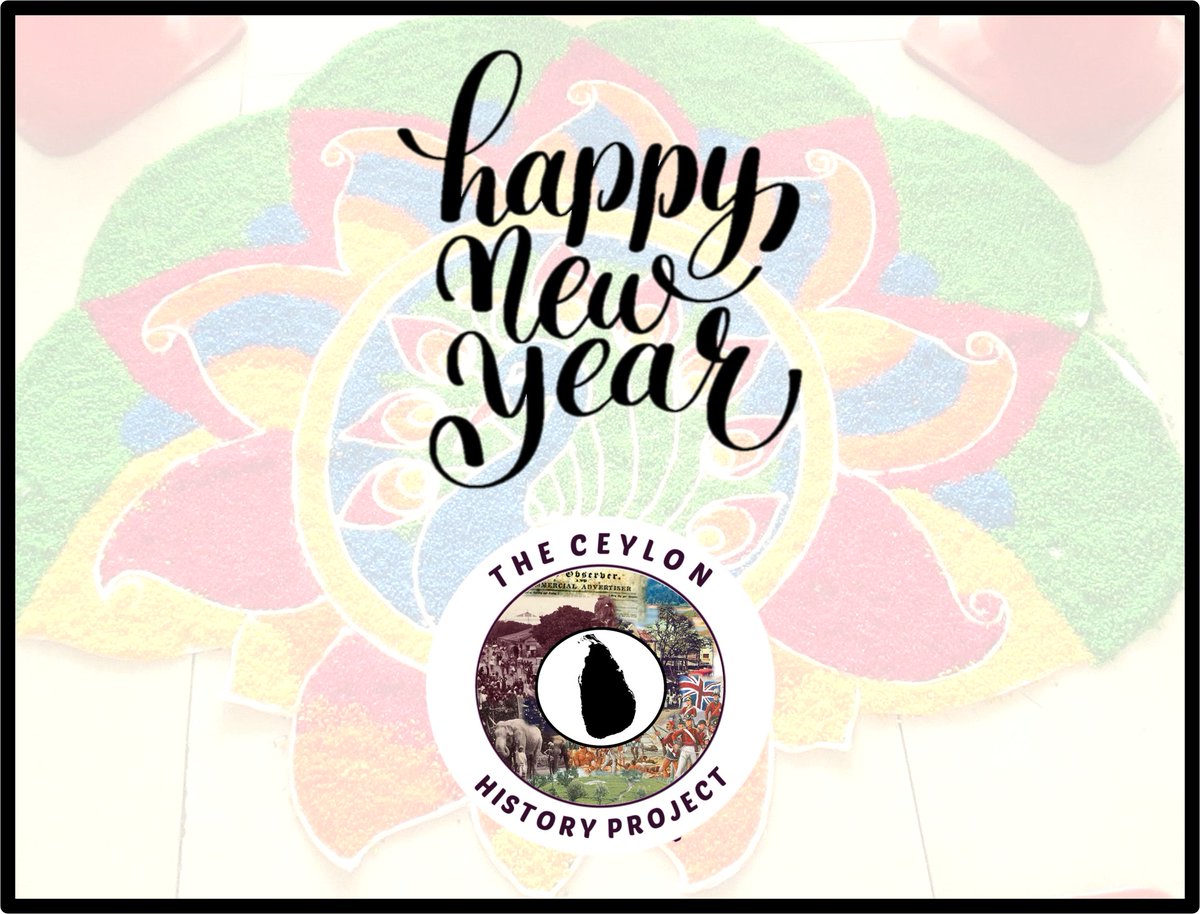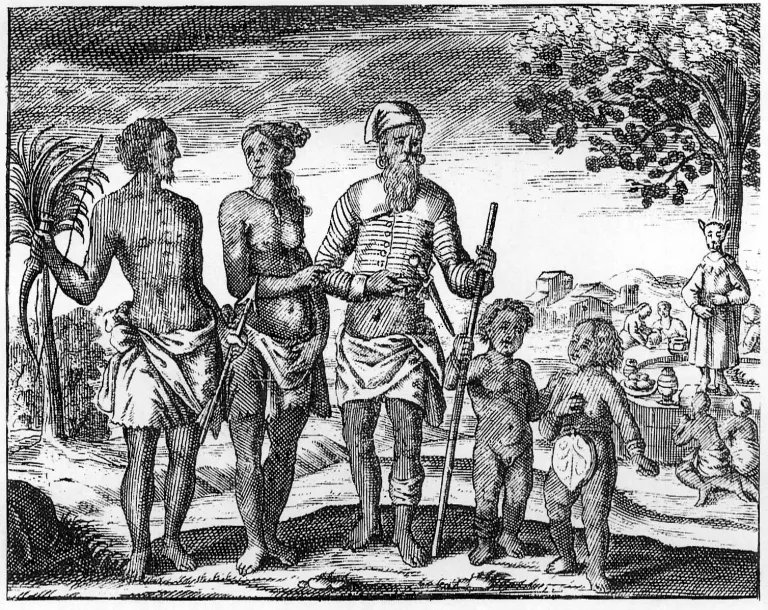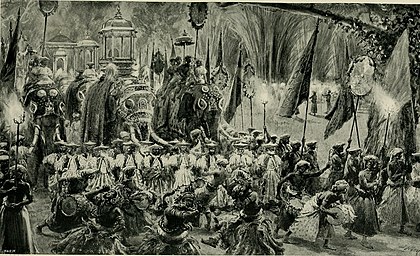
In April 1961, Tamil Students led a march in Jaffna to protest the Sinhala-Only Act...
Take a look at how it unfolded and what we can learn from it today...
#srilanka #history #lka #EconomicCrisisLK #Srilankacrisis #srilankaprotests #GoHomeGota

Take a look at how it unfolded and what we can learn from it today...
#srilanka #history #lka #EconomicCrisisLK #Srilankacrisis #srilankaprotests #GoHomeGota


In July 1960, Sri Lanka elected its first female PM, Sirimavo Bandaranaike with her party, the SLFP gaining power. They intended to continue the "Sinhalisation" started by her husband. 

As a result, in 1961, the Federal party launched a satyagraha as the "Sinhala-Only Act" became enforced. The protest was most famous for 200 people who blocked the entrance to the Jaffna Kachcheri. 

Violence sprung across the island in multiple provinces as police clashed with protesters...
"Shoot if you must and I am ready to die" the young student tells the soldier who threatened him with death, if he did not move away.
"Shoot if you must and I am ready to die" the young student tells the soldier who threatened him with death, if he did not move away.

"...The voice of the representatives of the Tamil people has been virtually silenced. The military have been let loose on the Northern and Eastern Provinces..."
- Senator Somasundaram Nadesan (April 1961)
- Senator Somasundaram Nadesan (April 1961)
Sources: tamilnation.org, sangam.org
Media Courtesy: wikimedia.org, https://t.co/rHbI9CIjqU, theguardian.com
Media Courtesy: wikimedia.org, https://t.co/rHbI9CIjqU, theguardian.com
• • •
Missing some Tweet in this thread? You can try to
force a refresh












